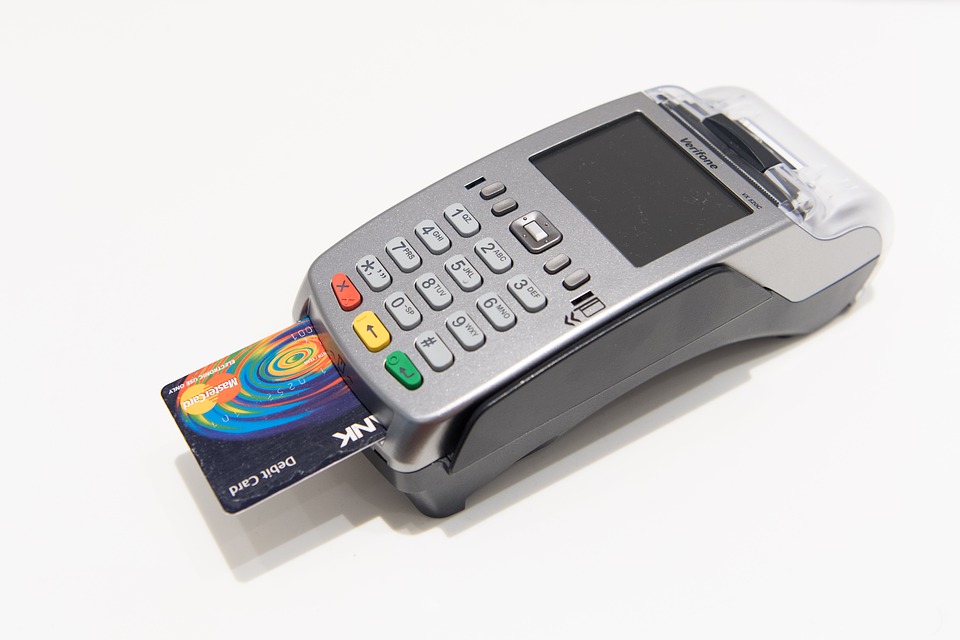Recently, there has been some confusion over PIN debit and EMV. Still trying to figure out the many changes taking place with EMV, many merchants have made enquiries to add PIN debit to their existing merchant account. If the difference between EMV and PIN debit has confused you as well, the following explanation will help clear things up for you.
PIN Debit is not EMV
The ability to accept PIN debit transactions has nothing to do with accepting EMV transactions. The assumption that they are one-in-the-same might have something to do with non-US countries referring to EMV as Chip and PIN. Another possibility is the previous pricing scenario, in which PIN debit was cheaper to accept than debit run as a credit transaction.
What is PIN Debit?
So, what is PIN debit then? Obtaining and encrypting a PINpad typically runs from about $100-$500. A few years ago, PIN debit and signature debit were regulated by congress. Now, they carry the same cost to accept, regardless of how the debit card is processed. In addition, congress allowed debit networks – like Star or Pulse – to charge monthly fees for processing a transaction over their network. The result? Merchants now have a monthly fee (unknown to them) for accepting a PIN debit transaction if it is processed over those networks.
Merchants have no control over this. This debit interchange regulation has made it more expensive for merchants to accept PIN debit than it was previously. While PIN debit does reduce the risk of receiving a chargeback, most retail merchants rarely encounter chargebacks on debit transactions. Thus, this extra expense is completely unnecessary. In addition, many merchants do not realize that accepting PIN debit does not satisfy any requirement relating to EMV migration.
What is EMV?
EMV technology is a standard for storing account information in credit cards. The intent of this technology was to provide better protection against identity and credit card theft; this technology makes it incredibly difficult for sensitive information to be “skimmed” by fake credit card readers. EMV stands for “Europay, MasterCard and Visa”, the three companies who began this initiative.
EMV cards offer a new type of credit card processing in the U.S. While chip card technology has been around since the 1980s, it is new to the U.S. For many other countries it has been the standard for more than a decade. Statistics have shown that 70 percent of non-U.S. credit card terminals are EMV equipped, and 90 percent of credit card terminals in Europe are EMV enabled.
Why Did the U.S. Wait So Long to Adopt EMV?
In 2013 alone, the U.S. lost more than 5.3 billion dollars on credit card processing fraud. More than half of the world’s counterfeit fraud takes place in the U.S. Unable to attack chip cards elsewhere, fraudsters directed their efforts to the U.S. So, why has it taken so long for U.S. to adopt EMV? Cost. It was estimated that removing all ATMs, self-service kiosks, registers, ticket terminals and vending machines would cost 8-12 billion dollars. After the major security breaches – like Target and Home Depot – EMV adoption became a necessity.
How to Protect Your Business with EMV
Merchants looking for secure credit card processing at the lowest possible rates should consider working with emerchantbroker.com. EMB has been voted the #1 high risk processor in the US and is rated A+ by the BBB. In partnership with Verifi and Ethoca, EMB offers unmatched chargeback prevention and protection services in the industry. Merchants can protect their high-risk businesses and fight against fraud without encountering major challenges. EMB offers a full support platform, and a wide range of payment gateways, business funding, POS and check processing solutions.
To learn more or to apply for a high-risk merchant account for safe payment processing, contact our team of experts today.


